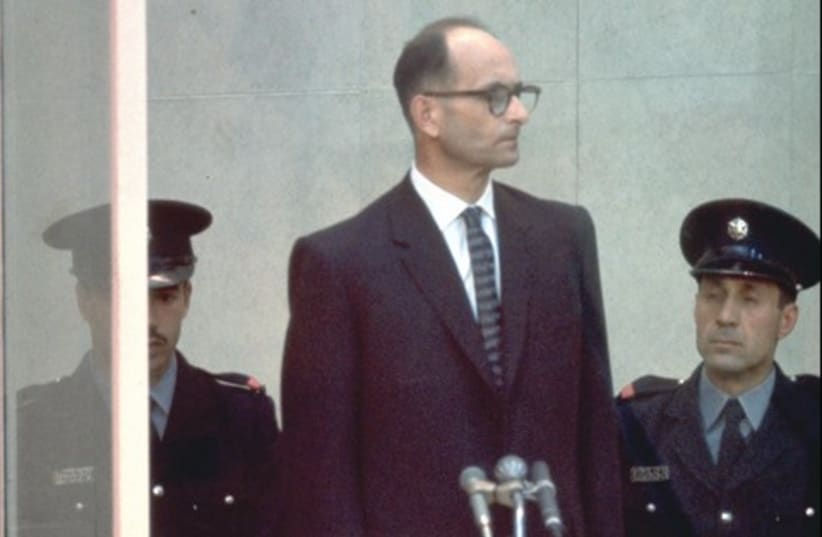Alan Rosenthal, a writer and film director living in Jerusalem, is Professor of Communications at the Hebrew University. His latest film, “The First Fagin,” will be shot in Australia.
Eichmann, Revisited
50 years after his trial in Jerusalem, here are thoughts on the man in the glass booth, as witnessed by one of Israel's rare TV personnel at the time.

Alan Rosenthal, a writer and film director living in Jerusalem, is Professor of Communications at the Hebrew University. His latest film, “The First Fagin,” will be shot in Australia.